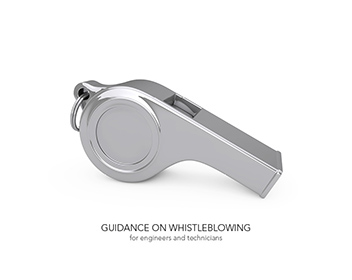The updated guidance outlines the options and obligations engineering professionals should consider when raising a concern and where they can get advice.
Drawing on the Engineering Council’s Diversity, Equity and Inclusion policy statement, it also makes clear that concerns are not limited to technical and engineering issues alone; they can also include financial and ethical issues and workplace conduct, eg bullying, harassment and discrimination in any form, which is unacceptable and should be challenged.
Paul Bailey, CEO of the Engineering Council said: “The updated Guidance on Whistleblowing for engineers and technicians reflects our commitment to supporting all engineers and technicians in upholding the highest standards of professional integrity. When concerns arise about wrongdoing, risk, or malpractice, it is vital that individuals feel informed, supported, and empowered to act. This guidance sets out the issues to consider, the available options, and the professional responsibilities involved - helping the engineering community to navigate difficult situations in an informed manner and in the public interest."
Read the Whistleblowing Guidance here.
The Engineering Council also produces guidance on Security, Sustainability, and Risk, in addition to the Statement of Ethical Principles, published jointly with the Royal Academy of Engineering (RAEng). This guidance can also be found on The Engineering Council website.









